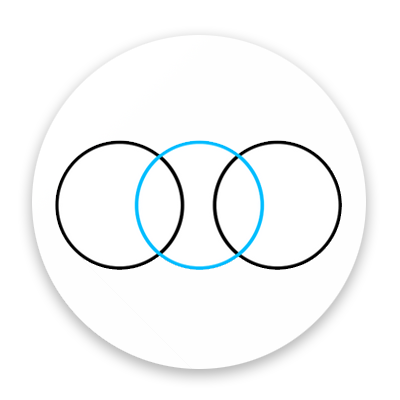There are opening title sequences and opening scenes in the Top 10 countdown, released by WatchMojo.com on YouTube. These would be helpful to use for film analysis in FdA Film and Media Production Arts.
I'll show you how to analyse the scene/sequence with film language and theories. It looks very straight-forward and interesting at the same time if you are passionate about films.
The film language are the elements that explain how the film scenes interpret or reflect to us and even the audience.
The elements are:
- Camera shot types e.g. long, close-up
- Camaera movement e.g. tilt, tracking
- Camera angles e.g. high angle, canted
- Sound (digetic and non digetic)
- Mise-en-scene e.g. setting, props, costumes, lighting
- Editing e.g. dissolve, fade in
- Performance - the most difficult to analyse in film
- Focus (deep, rack, shallow, soft and hard)
- Other elements e.g. frame freeze
The theories are:
- Auteur theory - the director use the repetitive elements, themes, character types and style in several film e.g. Alfred Hitchcock. There is a debate that the production values may or not depict the director as an auteur. For example; the collaborations between the director and those he/she worked with. The most common collaboration is between the diretor and actor e.g. Tim Burtin and Johnny Depp. Some people may argue that this collaboration would be used as a marketing tool. This means the auteur theory attracts audiences. Another example is Baz Luthermann, who had used glamour, pop music and beautiful production sets and costumes done by his Oscar-winning wife, Catherine Martin, in all of his films. But I heard some people may think he would not be an autuer due to the production values.
- Narrative - Vladimir Propp, Claude Levi Strauss, Roland Barthes
- Genre - common conventions e.g. film language, narratives and themes. For example; low angle shots, threat - monster - removal of threat plot, and theme of Good triumphs over evil/ordinary vs. extraoridinary in horror genre.
- Symbolism - relate to Roland Barthes, very important in the mise-en-scene and possibly most of the elements.
Pick the sequence/scene from any of the countdown videos below or you could pick your own favourite sequence/scene.
Think of what film language did the scene/sequence used for, and also think of the theories as well.
Opening Scene from "Inglourious Basterds" (2009) directed by Quentin Tarantino. Music: Beethoven - "Für Elise" Starring: Denis Ménochet as "Perrier LaPadite"
In Inglorious Basterds, the part where the French farmer wipes his sweat off his face, the guitar sound in the music depicts as the Western generic convention. This is very unusual for the Holocaust film but it foreshadows the film's main theme, revenge, one of the common themes in Western genre. Interestingly, Quentin Tarantino used this music in some of his films which may depict the auteur theory.



